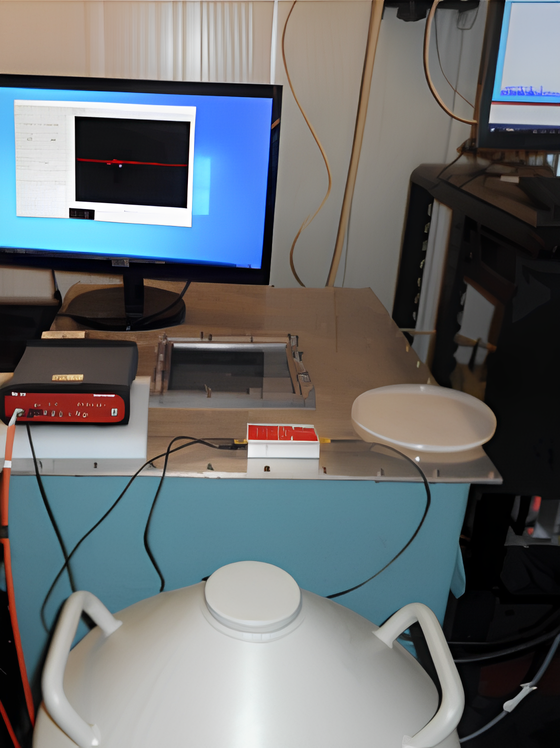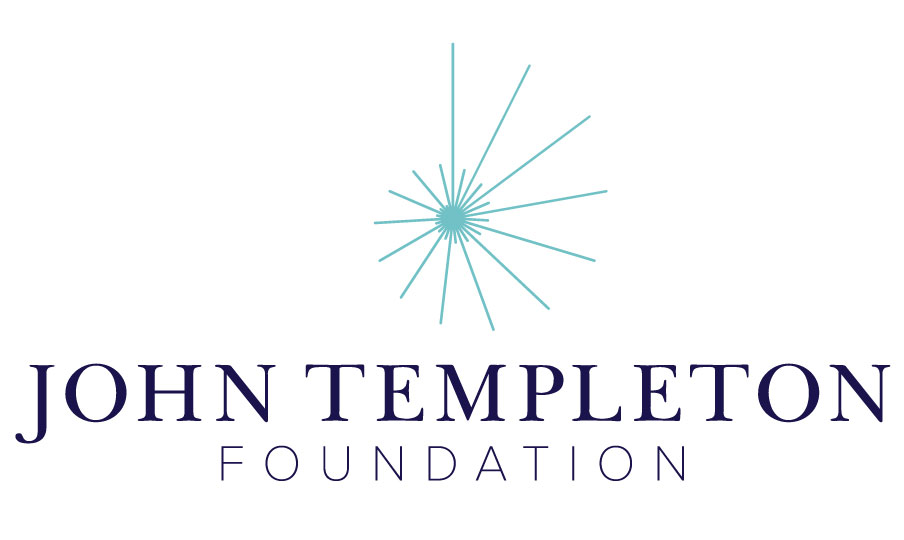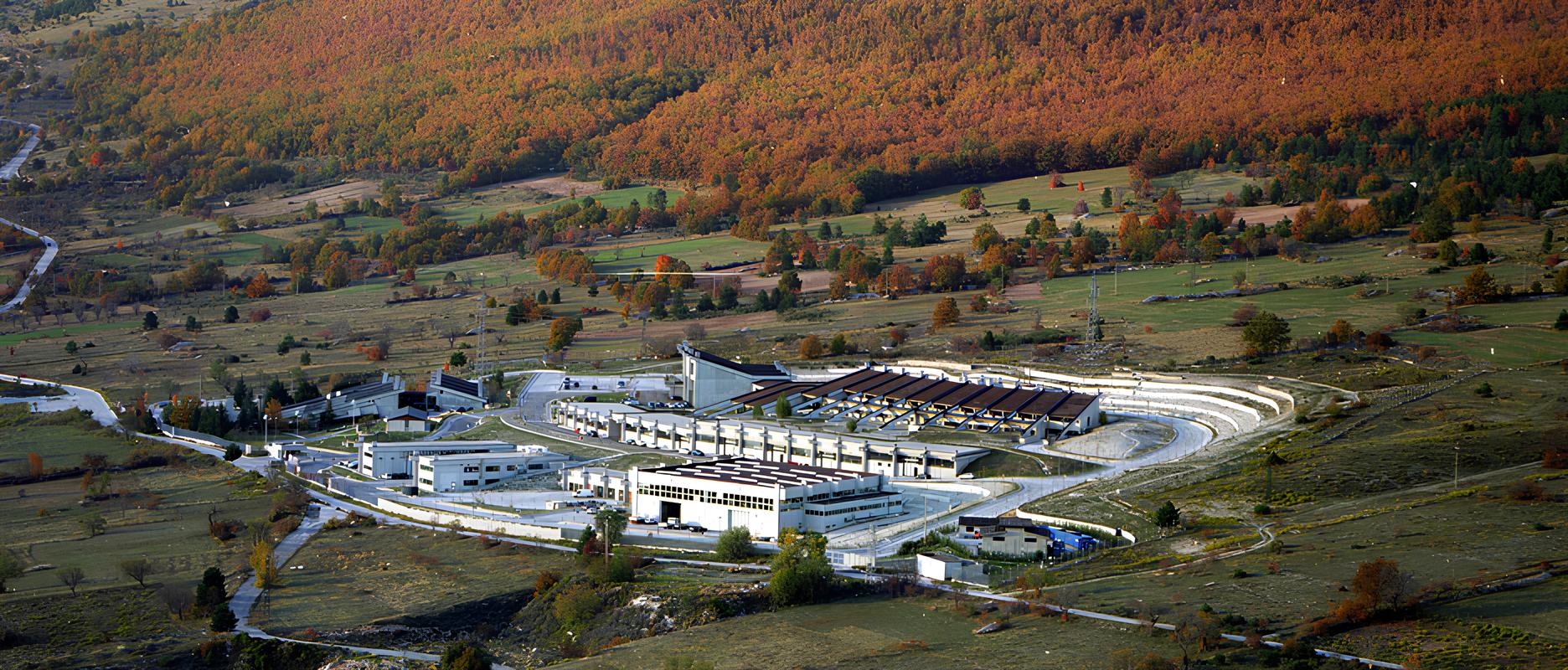|
QUBO: Exploring the QUantum Boundaries of many-body systems – an Odyssey into the gravity related collapse models, is a project financed by the John Templeton Foundation (Grant 62099). QUBO is exploring the limits of the many-body systems quantumness. Decades of theoretical and experimental research lead to the development of, mathematically consistent, generalizations of the Quantum Theory (QT) capable of solving the measurement problem [1,2,3,4,5,6,7]. These so-called Collapse Models (CM) implement stochastic and non-linear modifications to the Schrödinger dynamics, which induce the disruption of the quantum superposition, as fast as big is the many-body system under consideration. Experimental verification of the CMs mechanism would have a huge impact on many-body quantum systems, posing intrinsic limits on their linear and deterministic – quantum – evolution, despite the efforts spent for isolating them from the environment, with a strong impact on Quantum Technologies. QUBO is realizing a high-sensitivity, intertwined theoretical and experimental, investigation of the CMs, with a special attention to the visionary theory developed by Diosi and Penrose (DP) [1,2,8,9], in which the agent related to the collapse is identified with the gravity. Differently from Quantum Gravity formulations, which attempt to quantize the gravitational field, DP aims to “gravitize” the QT, motivated by the fact that space-time fluctuations would induce decoherence in quantum systems [10,11] Following our pioneering study, which ruled out the simplest, parameter free version of the DP model [12], we are developing within QUBO more realistic, generalized versions of DP model. Moreover, we are developing a phenomenological framework in which the generalized DP models can be experimentally tested, by measuring the, so called, spontaneous radiation rate, predicted by these models. We are running dedicated experiments at the Gran Sasso underground laboratories capable of unveiling signals of gravity-induced collapse with unprecedented sensitivity. In the context of QUBO, we are also developing generalized non-gravity related CMs, such as the Continuous Spontaneous Localization (CSL) [4,5,6,7], and investigating the impact of our measurements on these models. In connection with a broader interdisciplinary inquiry into the nature of human thought, we are also investigating the impact of our studies on one of the most known and remarkable theories of consciousness, the Orch OR theory (orchestrated objective reduction) put forward by Penrose and Hameroff [13]. |
 
|
 |
References
- [1]. L. Diosi, A universal master equation for the gravitational violation of quantum mechanics, Physics letters A 120 (1987) 377.
- [2]. L. Diosi, Models for universal reduction of macroscopic quantum fluctuations, Physical Review A 40 (1989) 1165.
- [3]. G. C. Ghirardi, A. Rimini and T. Weber, Unified dynamics for microscopic and macroscopic systems,Physical review D 34 (1986) 470.
- [4]. P. Pearle, Combining stochastic dynamical state-vector reduction with spontaneous localization, Physical Review A 39 (1989) 2277.
- [5]. G. C. Ghirardi, P. Pearle and A. Rimini, Markov processes in Hilbert space and continuous spontaneous localization of systems of identical particles, Physical Review A 42 (1990) 78.
- [6]. P. Pearle and E. Squires,Bound state excitation, nucleon decay experiments and models of wave function collapse, Physical Review Letters 73 (1994) 1.
- [7]. A. Bassi and G. Ghirardi,Dynamical reduction models, Physics Reports 379 (2003) 257.
- [8]. R. Penrose, On Gravity’s role in Quantum State Reduction, Gen. Rel. Grav. 28: 581-600 (1996).
- [9]. R. Penrose, WAVEFUNCTION COLLAPSE AS A REAL GRAVITATIONAL EFFECT, Mathematical physics (London: Imperial College Press, 2000), ch. Wavefunction collapse as a real gravitational effect, pp. 266–82.
- [10]. L. Diosi, Intrinsic Time-Uncertainties and Decoherence: Comparison of 4 Models, Brazilian Journal of Physics 35 (2005) 260.
- [11]. A. Bassi, A. Grossardt and H. Ulbricht, Equivalence principle for quantum systems: dephasing and phase shift of free-falling particles, Classical and Quantum Gravity 34 (2017) 193002.
- [12]. S. Donadi, K. Piscicchia, C. Curceanu, L. Diosi, M. Laubenstein and A. Bassi, Underground test of gravity-related wave function collapse, Nature Physics 17 (2021) 74.
- [13]. S. Hameroff and R. Penrose, Consciousness in the universe: A review of the ‘Orch OR’ theory, Physics of Life Reviews 11, 39 (2014), and references to Hameroff and Penrose papers cited in this article.
